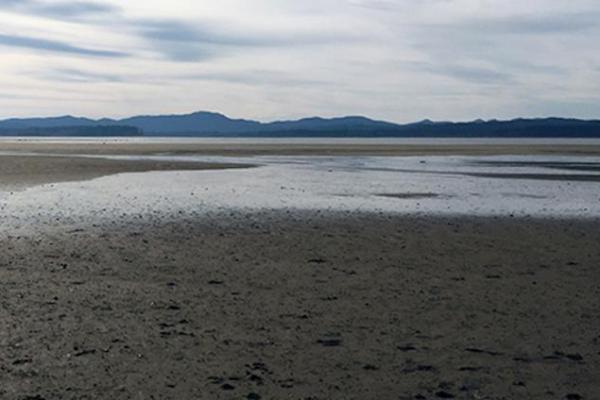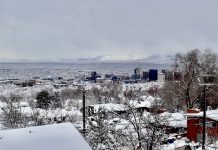
May 26 (UPI) — Scientists believe Earth’s first snow fell some 2.4 billion years ago. According to a new study, the flurries arrived as a result of a continental growth spurt.
The link between rising coastal elevations and the planet’s first snowflakes — detailed this week in the journal Nature — was revealed by isotopic analysis of 278 shale samples, collected from all over the world.
Shale, formed by the weathering of the planet’s crust, is Earth’s most abundant sedimentary rock. The chemical composition of shale samples can reveal details about its exposure to air, light and precipitation.
“The process of forming shale captures organic products and eventually helps to generate oil,” University of Oregon geologist Ilya Bindeman said in a news release. “Shales provide us with a continuous record of weathering.”
While cataloguing the shale samples, scientists identified a distinct shift in the rock’s makeup around the 2.4-billion-year mark. Scientists believe the shift was caused by sudden rises in the elevation of coastal land, exposing rocks to greater levels of weathering.
This continental growth spurt, spurred by large-scale changes inside Earth’s mantle, shifted the flow of atmospheric gasses and altered a variety of chemical and physical processes.
“What we speculate is that once large continents emerged, light would have been reflected back into space and that would have initiated runaway glaciation,” said Bindeman. “Earth would have seen its first snowfall.”
Researchers suggest its no coincidence that a shift in Earth’s atmospheric patterns coincided with the arrival of the planet’s first mountains and plateaus, as well as the formation of its first supercontinent.
“Land rising from water changes the albedo of the planet,” Bindeman said. “Initially, Earth would have been dark blue with some white clouds when viewed from space. Early continents added to reflection.”






